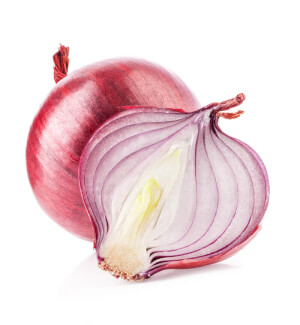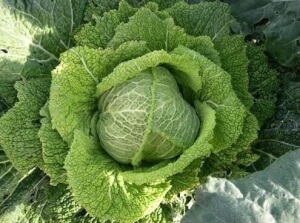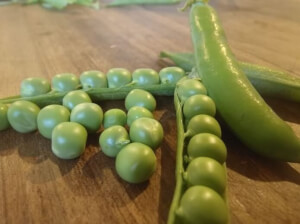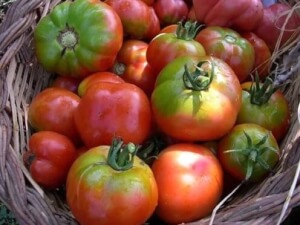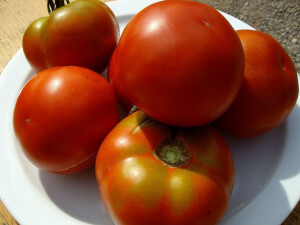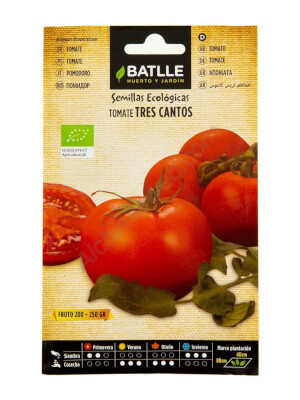The Japanese Pickling Aubergine, also known as nasu no asazuke in Japanese, is an aubergine native to Japan. It is used in pickles, and is delicious grilled.
This aubergine is distinguished from other varieties by its long and narrow shape, up to 40cm long and 4cm diameter. It is like a cucumber, with a thin and smooth skin dark purple in colour.
The Japanese Pickling aubergine is characterised with a delicate and mild flavour, with a firm and crunchy texture. Also, unlike other varieties that taste bitter, this Japanese aubergine is very sweet and smooth on the palate. This makes it ideal for use in pickles, as it easily absorbs the flavours and spices used in the marinade.
The most common way to prepare Japanese pickling aubergine is to pickle it in a mixture of vinegar, salt, and sugar. The resulting pickles are crisp and slightly tart, with a mild, sweet flavour. In addition to being a delicious garnish for Japanese dishes such as sushi, sashimi, and ramen, it can also be used in salads and as an accompaniment to meat and fish.
Japanese pickling aubergine, cultivation
Japanese pickling aubergine prefers nutrient-rich, well-drained soil. Before planting, the soil is prepared by adding compost or organic fertiliser to improve soil quality. The soil pH should be between 5.5 and 7.0 for the plant to grow properly.
Seeds are sown in the seedbed about 8-10 weeks before the last frost. Place the seeds in the seedbed and cover lightly with soil. Keep the tray moist and warm at a temperature of around 25-30°C until the seeds germinate.
When the seedlings are about 8cm tall and have at least 2 true leaves, it is time to transplant the young plants in the garden or in a pot. Plant seedlings 45-60 cm apart in rows about 90 cm spaced.
Water the plants regularly and be sure to keep the soil moist but not soggy. The leaves should not be watered to prevent diseases.
Japanese pickling aubergine plants require an adequate amount of nutrients to grow and produce fruit. They should be regularly fertilised with a balanced fertiliser containing nitrogen, phosphorus, and potassium.
The harvest begins about 5 months after sowing, when they take on the characteristic aubergine purple colour.


































